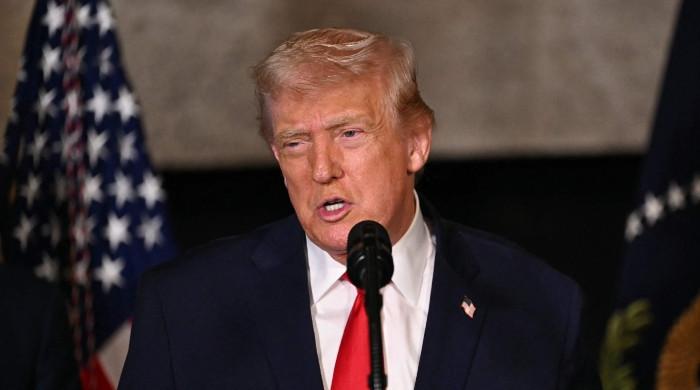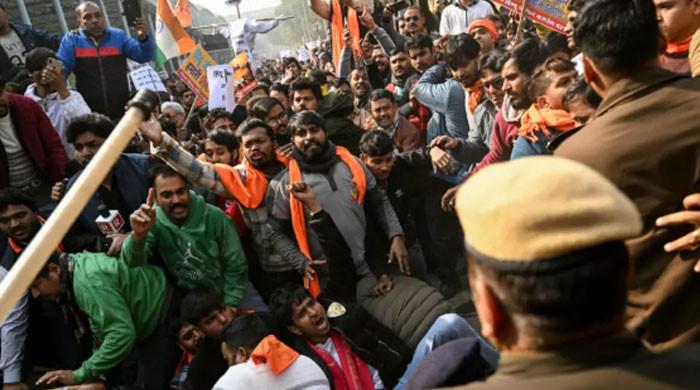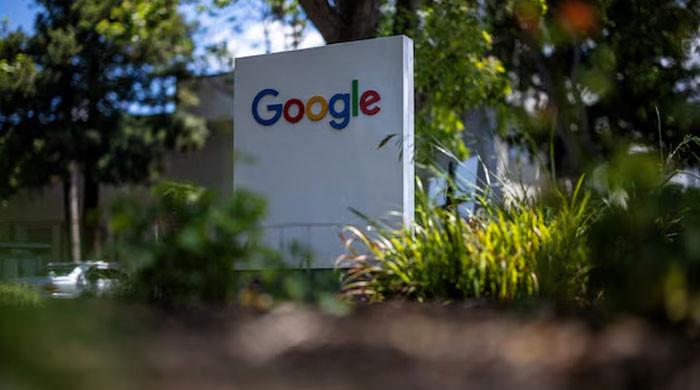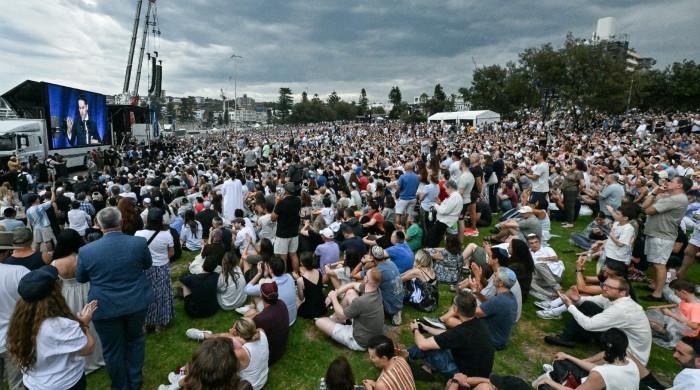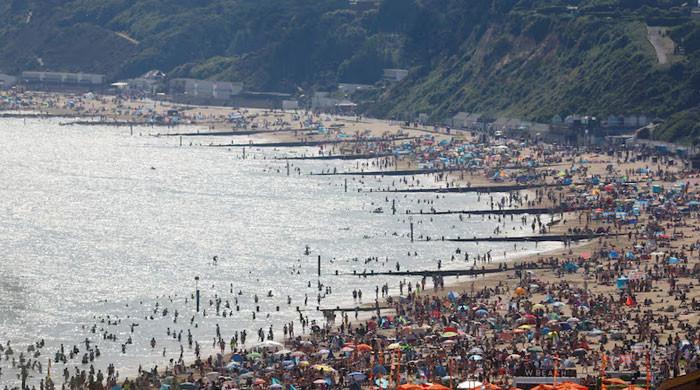India world's biggest 'misinformation producer': study
Study suggests one out of every of six bits of fake information on COVID-19 is being communicated from India
September 16, 2021
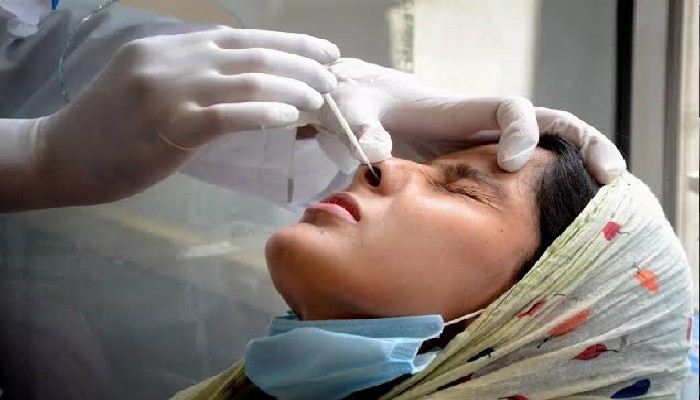
- Social media is the greatest producer of misinformation, accounting 85% of it, study says.
- A researcher from the University of Alberta went through 9,657 pieces of misinformation that emerged over a span of a year and a half.
- India is followed by Brazil which produces 9% of misinformation while USA produces 8.6%.
A recent study has found out that over a span of a year and a half, India has emerged as the biggest centre of misinformation regarding coronavirus, with one out of six bits of fake information being communicated from the country, reported Times of India Thursday.
The study published in Sage journal — conducted by a researcher from the University of Alberta, Canada — suggests that social media is the greatest producer of misinformation, accounting for 85% of it, while internet-based sources make up to 91% of all fake news about COVID-19.
The researcher went through 9,657 pieces of misinformation emerging from 138 nations during the period from January 1, 2020, to March 1, 2021.
The data used is collected from the (Poynter’s International Fact-Checking Network) IFCN website, which currently has the most comprehensive Covid-19 misinformation data collected from all over the world, the publication cited the author of the study, Md Sayeed Al-Zaman as saying.
The study found that among different countries, India is the biggest source of fake news as it produces 16% out of 91% of the fake news on the internet.
India is followed by Brazil (9%) and the USA (8.6%).
Per the story, Al-Zaman said that he suspects that the weak information and communication infrastructure, less (digital) information literacy and information awareness among people could be the prime reasons for higher COVID-19 misinformation in India.
Misleading information surges when a crisis first appears and reliable data isn’t readily available, he adds.




